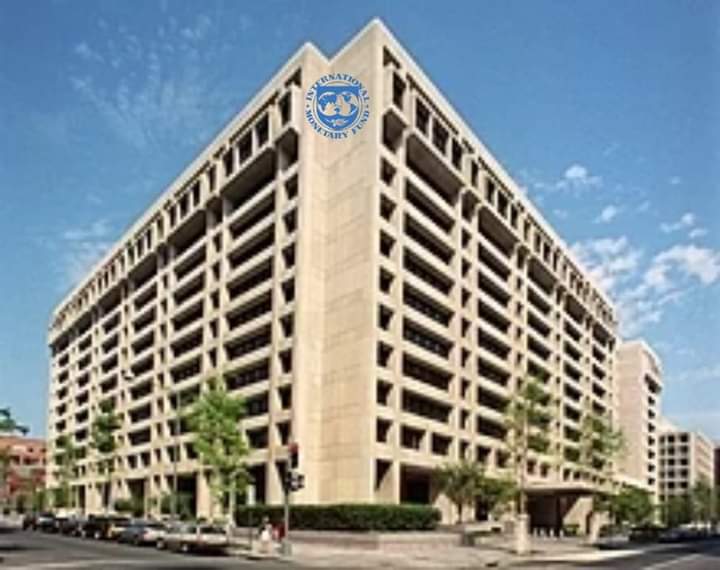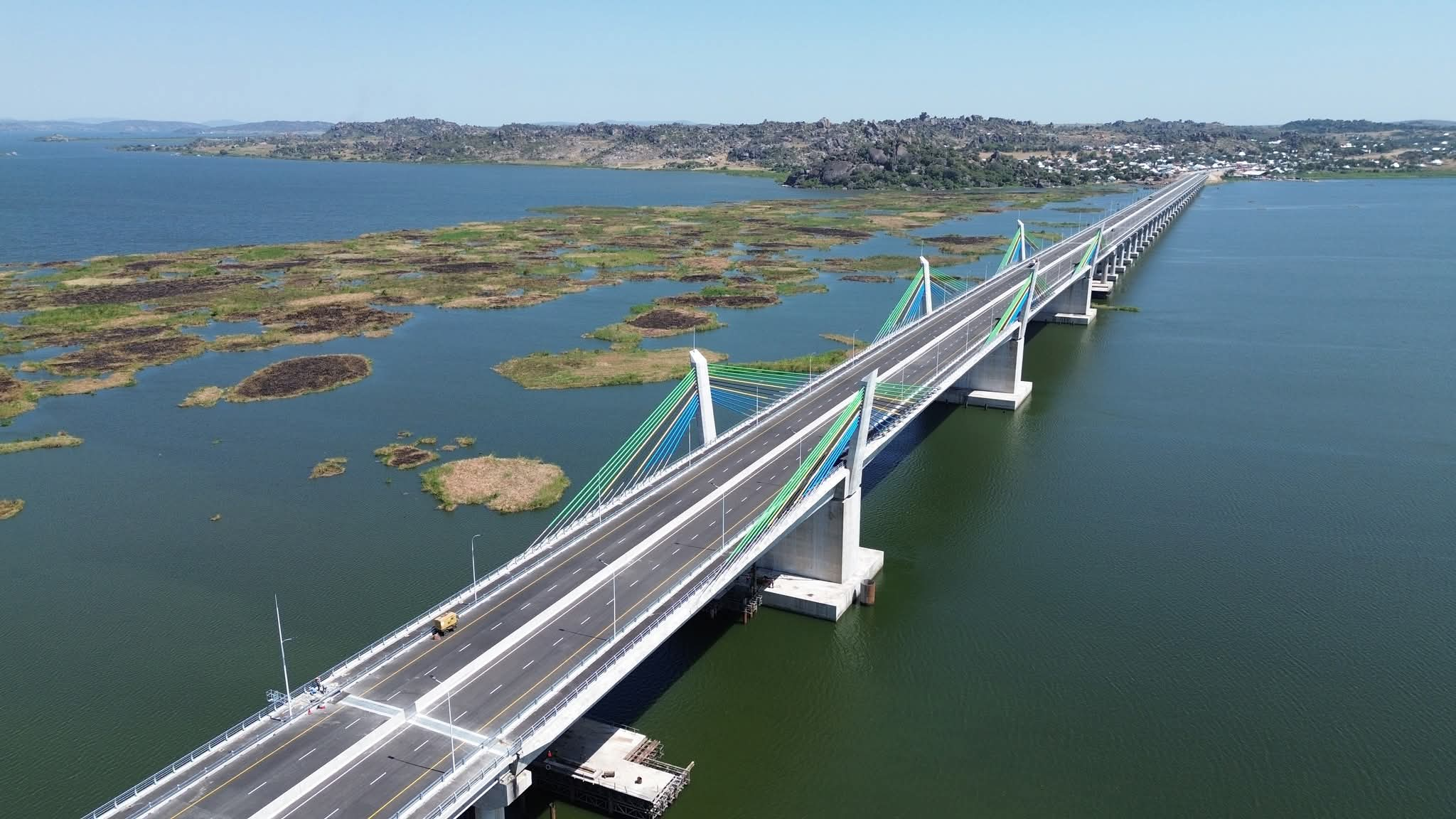IMF: A General Overview of the International Monetary Financial Institution

Did you know that France was the first country to borrow money from the IMF on 8 May 1947, and that the IMF membership embraces 190 countries with staff drawn from 150 nations?
The first half of the 20th century was marked by two world wars that caused enormous physical and economic destruction in Europe and a Great Depression that wrought economic devastation in both Europe and the United States. During the Great Depression, countries sharply raised barriers to trade in an attempt to improve their failing economies. This led to the devaluation of national currencies and a decline in world trade. This breakdown in international monetary cooperation created a need for oversight.
The representatives of 45 governments met at the Bretton Woods Conference in the Mount Washington Hotel in Bretton Woods, New Hampshire, in the United States, to discuss a framework for postwar international economic cooperation and how to rebuild Europe.
There were two views on the role the IMF should assume as a global economic institution. (1) American delegate Harry Dexter White foresaw an IMF that functioned more like a bank, making sure that borrowing states could repay their debts on time. Most of White's plan was incorporated into the final acts adopted at Bretton Woods. (2) British economist John Maynard Keynes, on the other hand, imagined that the IMF would be a cooperative fund upon which member states could draw to maintain economic activity and employment through periodic crises. This view suggested an IMF that helped governments and to act as the United States government had during the New Deal to the great recession of the 1930s.
The IMF formally came into existence on 27 December 1945, when the first 29 countries ratified its Articles of Agreement. By the end of 1946 the IMF had grown to 39 members. On 1 March 1947, the IMF began its financial operations, and on 8 May France became the first country to borrow from it.
The IMF was one of the key organizations of the international economic system; its design allowed the system to balance the rebuilding of international capitalism with the maximization of national economic sovereignty and human welfare, also known as embedded liberalism. The IMF's influence in the global economy steadily increased as it accumulated more members. The increase reflected, in particular, the attainment of political independence by many African countries and more recently the 1991 dissolution of the Soviet Union because most countries in the Soviet sphere of influence did not join the IMF.
The Bretton Woods exchange rate system prevailed until 1971 when the United States government suspended the convertibility of the US$ (and dollar reserves held by other governments) into gold. This is known as the Nixon Shock. The changes to the IMF articles of agreement reflecting these changes were ratified in 1976 by the Jamaica Accords. Later in the 1970s, large commercial banks began lending to states because they were awash in cash deposited by oil exporters. The lending of the so-called money center banks led to the IMF changing its role in the 1980s after a world recession provoked a crisis that brought the IMF back into global financial governance.
The IMF is funded by quota subscriptions paid by member states. The size of each quota is determined by the size of each member's economy. The quota in turn determines the weight each country has within the IMF—and hence its voting rights—as well as how much financing it can receive from the IMF. Twenty-five percent of each country's quota is paid in the form of special drawing rights (SDRs), which are a claim on the freely usable currencies of IMF members.
The SDR is not a currency; it is a unit of account by which member states can exchange with one another in order to settle international accounts. The SDR can also be used in exchange for other freely traded currencies of IMF members. A country may do this when it has a deficit and needs more foreign currency to pay its international obligations.
Before SDRs, the Bretton Woods system had been based on a fixed exchange rate, and it was feared that there would not be enough reserves to finance global economic growth. Therefore, in 1969, the IMF created the SDRs, which are a kind of international reserve asset. They were created to supplement the international reserves of the time, which were gold and the U.S. dollar.
The value of SDRs lies in the fact that member states commit to honor their obligations to use and accept SDRs. Each member country is assigned a certain amount of SDRs based on how much the country contributes to the IMF (which is based on the size of the country's economy). However, the need for SDRs lessened when major economies dropped the fixed exchange rate and opted for floating rates instead.
The IMF does all of its accounting in SDRs, and commercial banks accept SDR denominated accounts. The value of the SDR is adjusted daily against a basket of currencies, which includes the U.S. dollar, the Japanese yen, the euro, and the British pound. In November 2015, the IMF added the Chinese RMB to the basket.
The larger the country, the larger its contribution. Thus the U.S. contributes 17.44% while the Seychelles Islands contribute a modest 0.005%. If called upon by the IMF, a country can pay the rest of its quota in its local currency. So far, SDR 204.2 billion (about $293 billion) have been allocated to members.
The IMF offers its assistance in the form of surveillance, which it conducts on a yearly basis for individual countries, regions, and the global economy as a whole. However, a country may ask for financial assistance if it finds itself in an economic crisis, whether caused by a sudden shock to its economy or poor macroeconomic planning. A financial crisis will result in severe devaluation of the country's currency or a major depletion of the nation's foreign reserves. In return for the IMF's help, a country is usually required to embark on an IMF-monitored economic reform program, otherwise known as Structural Adjustment Programs (SAPs).
There are three more widely implemented facilities by which the IMF can lend its money. A Stand-By Arrangement (SBA) offers financing of a short-term balance of payments, usually between 12 to 24 months, but no more than 36 months. The Extended Fund Facility (EFF) is a medium-term arrangement by which countries can borrow a certain amount of money, typically over four to 10 years. The EFF aims to address structural problems within the macroeconomy that are causing chronic balance of payment inequities. The structural problems are addressed through financial and tax sector reform and the privatization of public enterprises. The third main facility offered by the IMF is known as the Poverty Reduction and Growth Facility (PRGF). As the name implies, it aims to reduce poverty in the poorest of member countries while laying the foundations for economic development. Loans are administered with especially low interest rates.
The IMF offers technical assistance to transitional economies in the changeover from centrally planned to market-run economies. The IMF also offers emergency funds to collapsed economies, as it did for South Korea during the 1997 financial crisis in Asia, which allowed it to avoid sovereign default. Emergency funds can also be loaned to countries that have faced an economic crisis as a result of a natural disaster.
All facilities of the IMF aim to create sustainable development within a country and try to create policies that will be accepted by the local population. However, the IMF is not an aid agency, so all loans are given on the condition that the country implements the SAPs and makes it a priority to pay back what it has borrowed. Countries that are under IMF programs are typically developing, transitional, and emerging market countries (countries that have faced financial crises).
Because the IMF lends its money with "strings attached" in the form of its SAPs, many people and organizations are vehemently opposed to its activities. Opposition groups claim that structural adjustment is an undemocratic and inhumane means of loaning funds to countries facing economic failure. Debtor countries to the IMF are often faced with having to put financial concerns ahead of social ones.
Thus, by being required to open up their economies to foreign investment, privatize public enterprises, and cut government spending, these countries suffer an inability to properly fund their education and health programs. Moreover, foreign corporations often exploit the situation by taking advantage of local cheap labor while showing no regard for the environment. The oppositional groups say that locally cultivated programs, with a more grassroots approach towards development, would provide greater relief to these economies.
Critics of the IMF say that, as it stands now, the IMF is only deepening the rift between the wealthy and the poor nations of the world.
Sources: Wikipedia | Investopedia


_1755775186.jpg)
